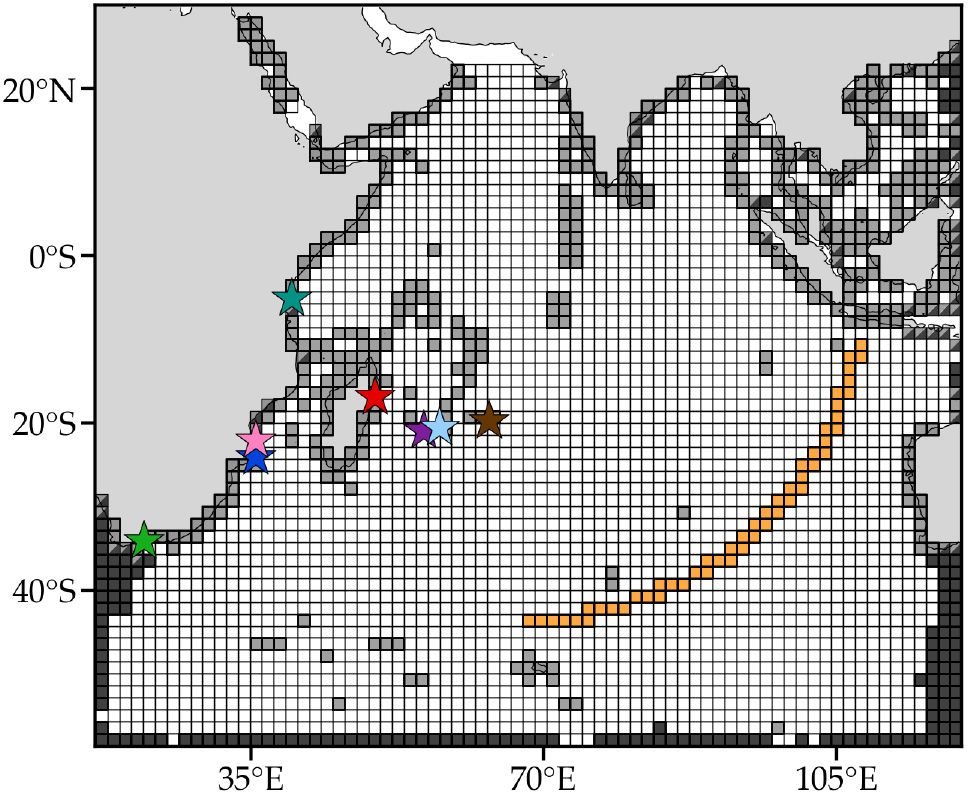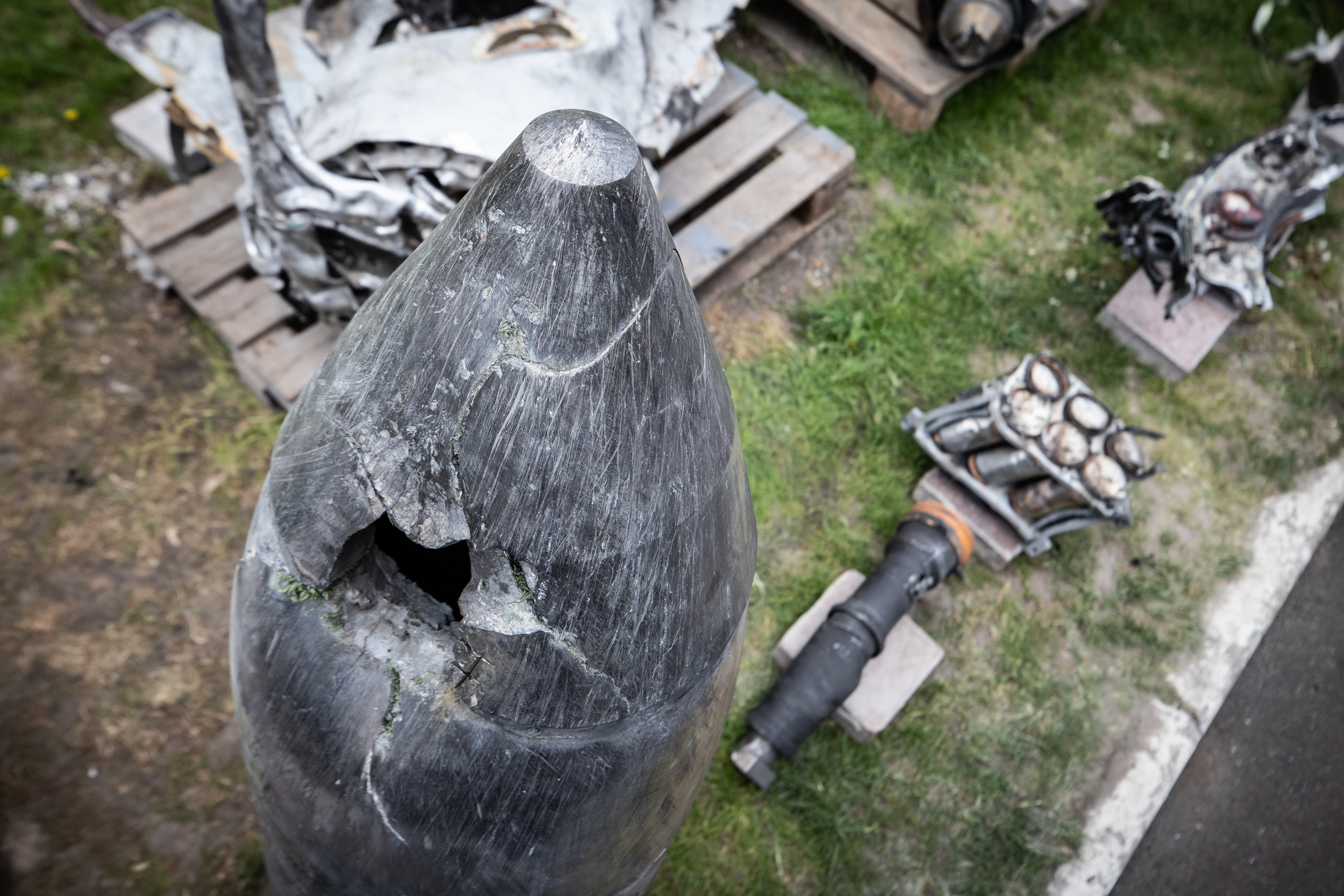
On March 8, 2014, Malaysia Airlines Flight MH370 crashed somewhere in the Indian Ocean while en route to Beijing with 239 people on board. But despite an international search-and-rescue effort costing more than $150 million, investigators are no closer to knowing where the plane went down, in what is one of the most enduring mysteries in the history of aviation.
Now, an international team of researchers has developed a new mathematical approach for analyzing how debris moves around the ocean, enabling them to identify a new potential crash area, according to a study published in the journal Chaos.
The team used so-called Markov chain models to narrow down the crash site to a region substantially north of the focus of most MH370 search-and rescue-efforts. These models are used to predict the behavior of chaotic systems—in this case, the movement of debris—and to power systems such as Google search algorithms and financial market models.
The team came to its conclusions by analyzing data from the Global Drifter Program, which uses satellites to track buoys in the ocean, providing information on the currents, waves, wind, sea surface temperature and sea-level atmospheric pressure. The team tracked the movement of these buoys to simulate where plane debris in the Indian Ocean would float to.
One factor the team had to account for was seasonal variation in the region. This forced it to create three separate models to account for changes in the movement of debris over the course of the long search operation.
"Because the Indian Ocean is characterized by an important seasonal variation during summer and winter, three Markov-Chain models—representing: summer, winter and the rest of the year, are combined to approximate the ocean dynamics," Philippe Miron of the University of Miami, the study's lead author, told Newsweek.
Using its combined models, the team estimated that the crash site extends from 33 to 17 degrees latitude along the arc of the last satellite to contact the plane. Until now, search efforts have largely neglected the northern edge of this arc.
"To estimate the most probable crash site location, we used everything that is known from the plane's disappearance," Miron said. "The 7th satellite arc of the Inmarsat satellite located over the Indian Ocean, where the plane was last contacted is used as a possible initial crash location. To decrease the area of the search zone, we also make use of the information about each of the debris recovered on coastal countries."
Nevertheless, the researchers stress that their estimations are not foolproof for various reasons, including the lack of debris that has been found so far. "Surprisingly, after more than three years, there is only a handful of confirmed debris recovered from the airplane," Miron said in a statement. "This increases the errors of the model."
The research team hopes that its new mathematical approach to tracking debris will encourage the deployment of more trackable devices in the ocean in future to address a range of problems, such as the flow of oil following spills.
"We hope that this type of technique can be applied for other types of inversion problems, such as sources of pollution in the ocean or the atmosphere, for example during red tide events which caused severe problem in Florida during the past year," Miron said.
This article was updated to include additional comments from Philippe Miron.
Uncommon Knowledge
Newsweek is committed to challenging conventional wisdom and finding connections in the search for common ground.
Newsweek is committed to challenging conventional wisdom and finding connections in the search for common ground.
About the writer
Aristos is a Newsweek science reporter with the London, U.K., bureau. He reports on science and health topics, including; animal, ... Read more
To read how Newsweek uses AI as a newsroom tool, Click here.








